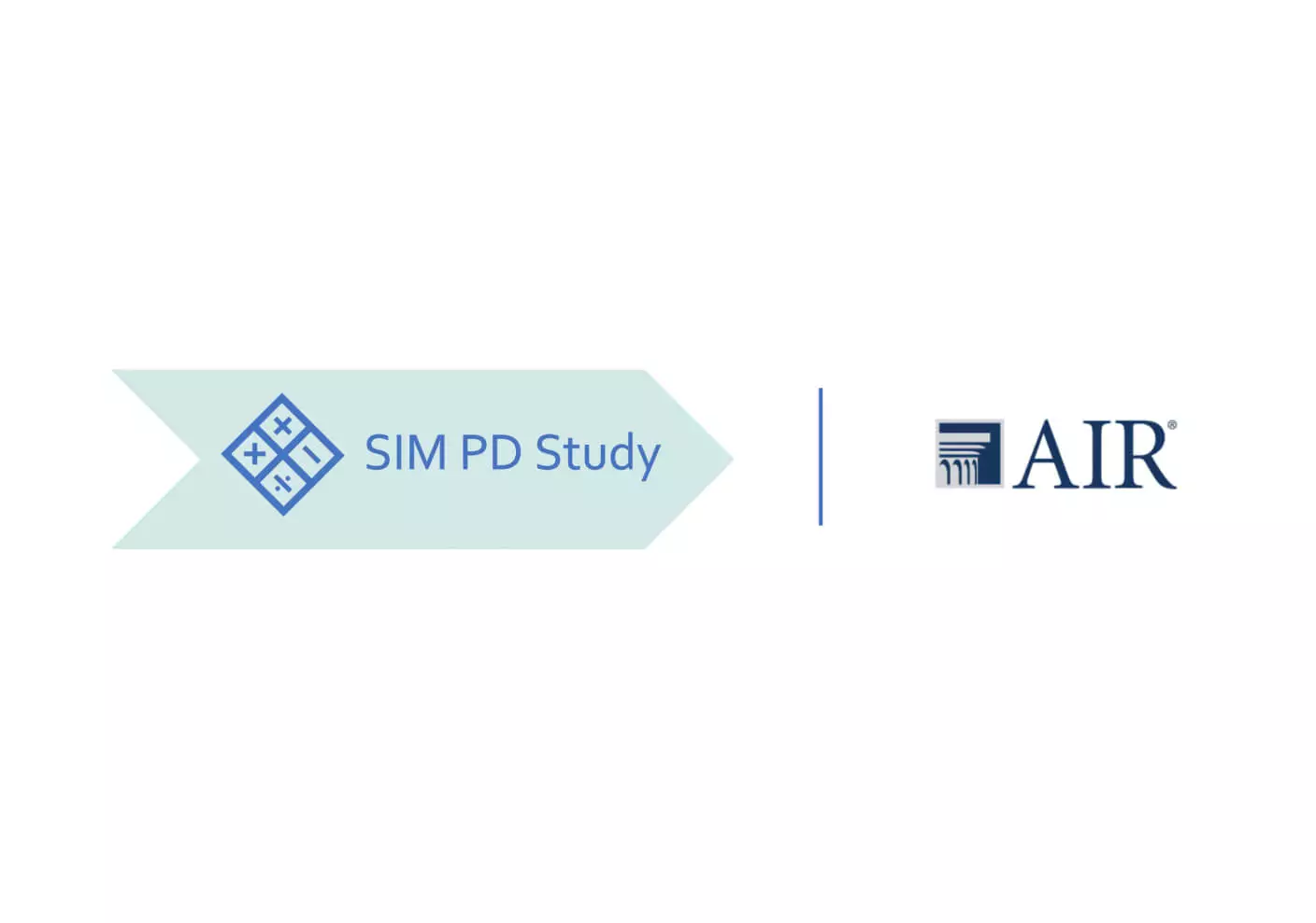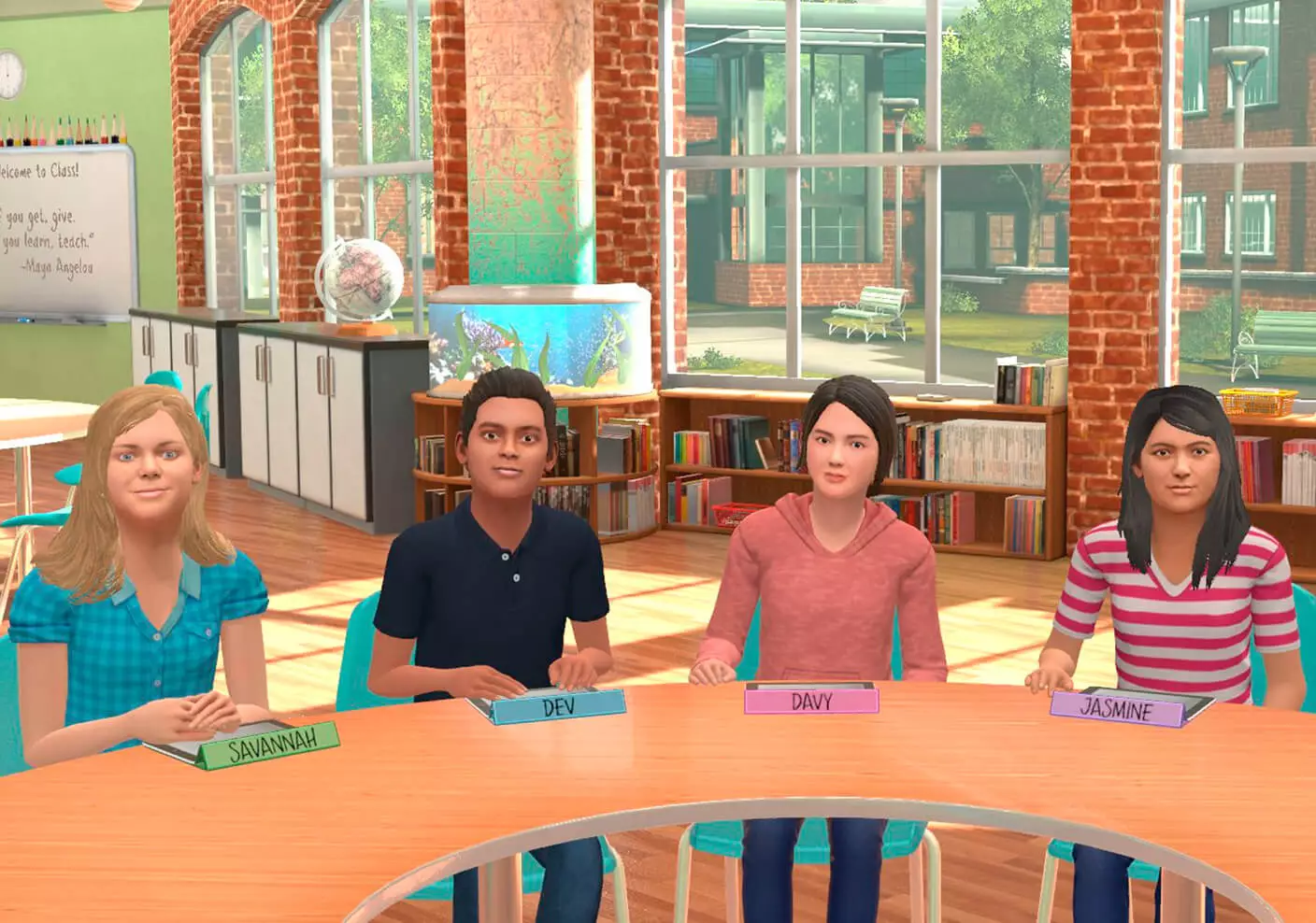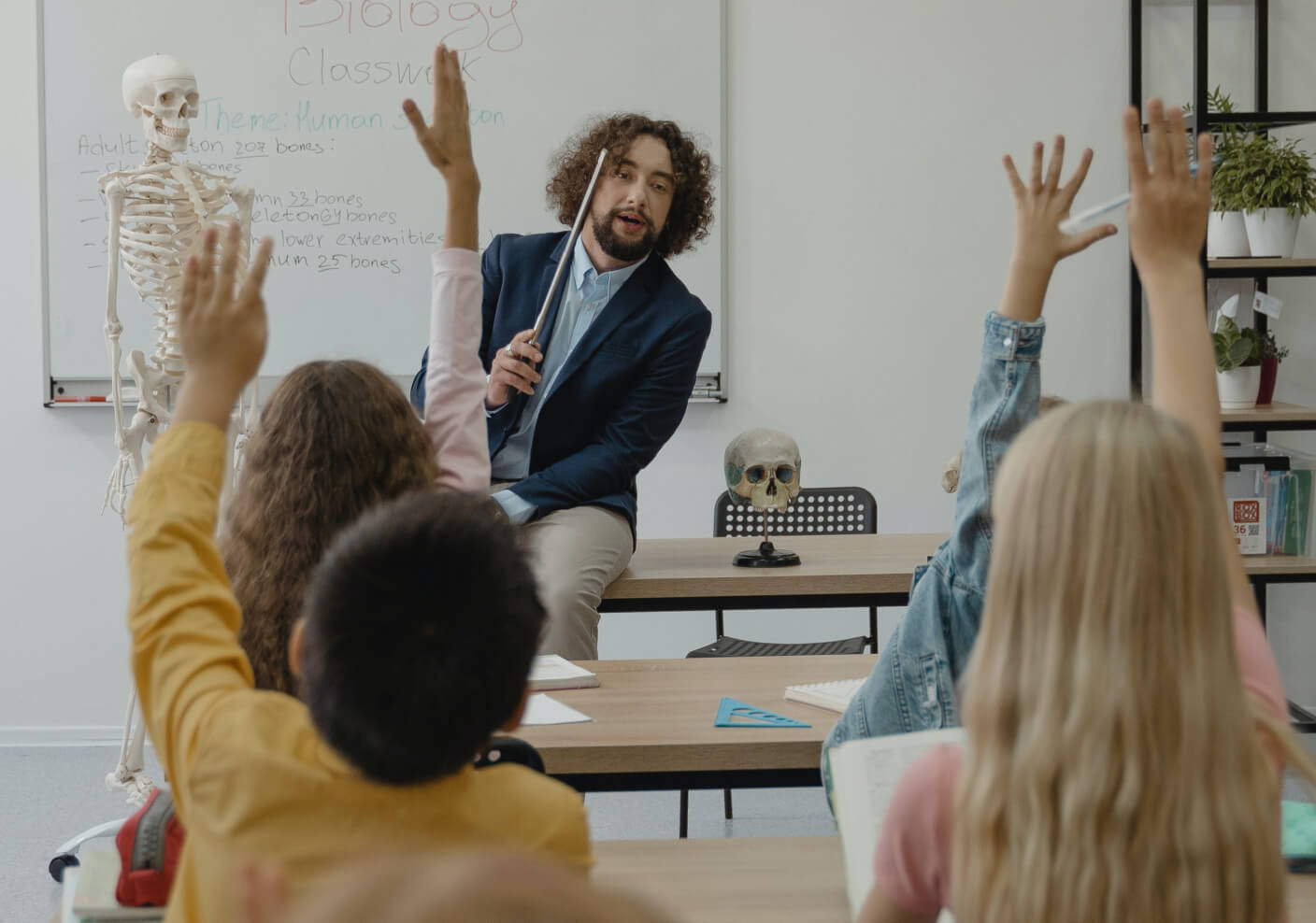Would teachers find professional development via simulated classrooms useful? This was one of three questions that Dr. Toni M. Smith, Principal Researcher, and Dr. Rachel Garrett, Senior Researcher, from the American Institutes for Research (AIR), explored in the Simulated Instruction in Mathematics Professional Development (SIM PD) Study. The following are excerpts from a summary of their research findings and from what they shared at a May 14, 2020 online event hosted by Mursion, whose virtual reality learning platform was used in the study.
Funded by the Charles and Lynn Schusterman Family Foundation, SIM PD is a pilot of an exciting, new PD program being conducted by AIR. SIM PD offers opportunities for teachers in grades 4–7 to (a) learn about questioning strategies and facilitation of student discourse to promote engagement and understanding of math concepts; and (b) practice implementing those approaches using a mixed-reality classroom.
They randomly assigned 16 partnering schools to either participate in SIM PD or continue with business-as-usual professional learning during the 2018-19 school year. They collected documentation of SIM PD activities during implementation and video-based observations of math lessons from both groups of teachers.
The key findings of the PD study include the following:
- There were large, positive improvements in instruction among teachers participating in the PD. These improvements in instruction were sustained into the next school year after teachers participated in the PD.
- The program was feasible to implement, and teachers had a positive experience. Each school completed the 10 hours of PD, and coaches reported completing the planned segments within each PD activity. Teachers reported finding the program useful for reflecting on and improving their instruction.
While this study represents an initial pilot, these results suggest that the program offered a promising use of the mixed-reality classroom to support teacher development of questioning strategies and facilitation of student discourse.
“This is an early sign but we’re really excited that this is suggestive of improvements in student learning.”
During the Mursion hosted event, Dr. Garrett shared additional insights regarding impacts on student actions, learning, and potentially, achievement:
“We found large, positive impacts on most measures focused on student actions. So, in terms of just getting kids to do math, there was no impact. However, when we look at these other codes that are focused on things like: Do you see students really grappling with the math? To what level of depth are they explaining and justifying their thinking? To what extent do you see the students doing the talking? To what extent do you see the students making the translation? That’s where we saw a significant impact in favor of the PD group. And I’ll say that those are the kinds of things that indicate that there might have been improvements in students’ math learning and potentially achievement.”
After receiving statewide math assessment scores from 13 of the 16 schools, the data–while not statistically significant–suggests a positive impact on student learning. “We’re excited that we’re even seeing this kind of pattern,” Dr. Garrett said. “This is an early sign but we’re really excited that this is suggestive of improvements in student learning.”
Subscribe for the latest Mursion articles and updates.
By clicking the sign up button above, you consent to allow Mursion to store and process the personal information submitted above to provide you the content requested. View our Terms and Conditions.




